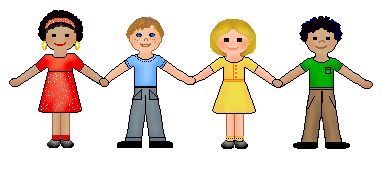As an early childhood teacher I regard children’s play as an important aspect of their learning and development. Play is a broad subject area and can be defined under specific headings such as imaginative play, rough and tumble play, structured play, heuristic play, gun play, and more. Wood and Attfield (2005) suggest that, “play cannot be easily defined or categorized as it is always context dependent, and the contexts are varied”.
Imaginary play is a natural and essential aspect of early development as children play on their own or work together as a group. As a teacher I see imaginative play all around me on a daily basis and have to agree that it is an essential ingredient for early development as children make connecting links to the world around them through their play.
One form of imaginative play that I have often observed is gun play. I have noticed children use objects that become make believe guns, or they create their own imaginary weapons for themselves. They use their creative and imaginative skills to design weapons of their choice, and enact their gun play after that. As children make sense of the world around them Vygotsky thought that those who expressed themselves through imaginary play stood a 'head taller'. This meant that in pretend play, "children reveal more about what they know and can do than in other activities" (Smidt, 2006, p. 46). Like Piaget he acknowledged that play developed into those with rules but highlighted the importance of the social nature of learning through play.
I firmly believe that gun play is an imitation of what children assimilate through screen time. An earlier generation extended on this form of play through playing Cowboys and Indians. The children nowadays extend their gun play based on weapons and scenarios that are based on what they see on games and television today.
Gun play during early childhood is viewed differently by a number of teachers in a learning environment. Quite often it is literally envisaged as aggressive play rather than taking into consideration the imaginative enactment. Based on these different viewpoints I have turned to articles and research to try and establish what it really means for the children, and the outcomes involved based on this play.
One particular article that ponders on gun play during the early years is Pennie Brownlee’s “Bang bang! you’re dead”. It clearly explains the use of these imaginary weapons and play. She cites research by Swedish paediatricians who state that adults who were imaginative during their early childhood play do not resort to violence later on in life. Gun play is similar to superhero play, as children integrate themselves with the world around them through imaginary play.
Other articles that I have come across include the opinion that letting children play with guns allow them to fulfil their need to gain empowerment and emotional stability, as they use guns that they have created during their imaginative play. Some play therapists feel that there is a great need for children to play with guns, and provide the encouragement, platform and opportunity for them to do so.
In conclusion, I do feel that imaginary gun play is a valid approach to children’s learning during the early years.
“Imaginary weapons and imaginary play are the absolute ideals for integrating whatever the child wants to work through. They adequately fulfil the need the child expresses as they engage in play. Children have been doing just this since the beginning of human existence.” Bang bang! You’re dead. Pondering on guns, children and gun play. - Pennie Brownlee
P. Brownlee (2012). Bang Bang! You're Dead. Pondering on guns, children and gun play.
S. Smidt (2006). The Developing Child in the 21st Century. A global perspective on child development. Routledge: Abingdon, Oxon.
E. Wood & J. Attfield (2005). Play, Learning and the Early Childhood Curriculum. SAGE Publications Inc.: CA.
